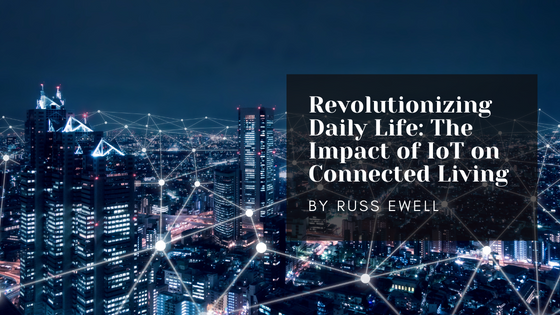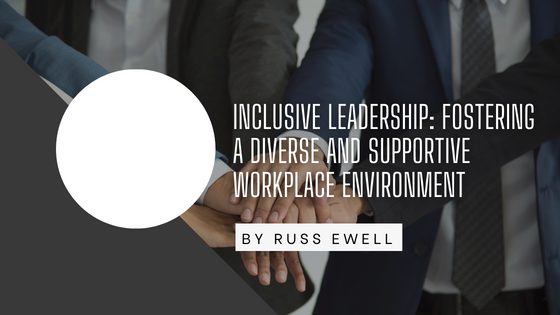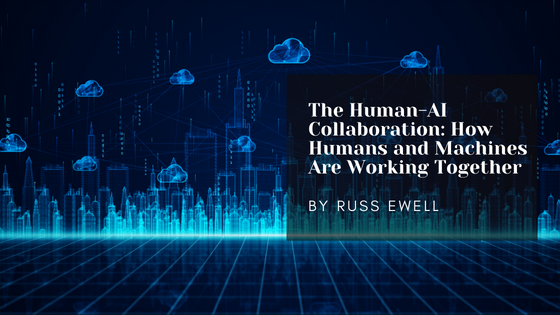
The Internet of Things (IoT) has emerged as a technological marvel, transforming the way we interact with the world around us. In its simplest terms, IoT refers to a vast network of interconnected devices capable of exchanging data seamlessly. From smart homes to industrial applications, IoT has woven itself into the fabric of modern life, redefining everyday experiences in profound ways.
At the heart of IoT lies the concept of connectivity. Imagine waking up to an alarm that not only rings but also communicates with your coffee maker, brewing your favorite blend precisely as you begin your morning routine. This interconnectedness characterizes the essence of IoT—a world where devices collaborate intelligently to enhance efficiency and convenience.
One of the primary arenas where IoT shines brightly is in the realm of smart homes. Thermostats that learn your preferences and adjust temperatures accordingly, lighting systems that respond to your presence, and security cameras that send real-time updates to your smartphone—these are just a few examples of how IoT has revolutionized home living. The seamless integration of devices creates an environment that caters to personal preferences while prioritizing comfort and security.
Beyond homes, IoT has widespread implications in healthcare, agriculture, transportation, and more. In healthcare, wearable devices monitor vital signs, providing real-time data to healthcare providers for proactive intervention. In agriculture, IoT-powered sensors optimize irrigation systems, ensuring efficient water usage for crops. Transportation systems equipped with IoT technologies enable smoother traffic flow and pave the way for autonomous vehicles, promising safer and more efficient commutes.
However, the proliferation of IoT isn’t without its challenges. Security and privacy concerns loom large in a landscape where countless devices are interconnected. The more devices communicate and share data, the greater the risk of vulnerabilities. Ensuring robust cybersecurity measures becomes imperative to safeguard sensitive information and prevent unauthorized access.
Moreover, the sheer volume of data generated by IoT devices poses another challenge—managing and making sense of this data. The ability to collect massive amounts of information is valuable, but extracting actionable insights requires sophisticated data analytics tools and strategies.
Despite these challenges, the potential of IoT remains awe-inspiring. As technology continues to evolve, IoT stands poised to redefine industries, streamline processes, and enhance the quality of life for individuals worldwide. The key lies in striking a balance between innovation and security, leveraging the vast possibilities of interconnected devices while mitigating associated risks.
The Internet of Things is more than just a network of devices; it’s a catalyst for change, reshaping the way we live and interact with our surroundings. From simplifying daily tasks to revolutionizing entire industries, the impact of IoT is far-reaching and transformative. As we navigate this interconnected future, the synergy between technology, innovation, and responsible usage will pave the way for a truly connected and efficient world.








